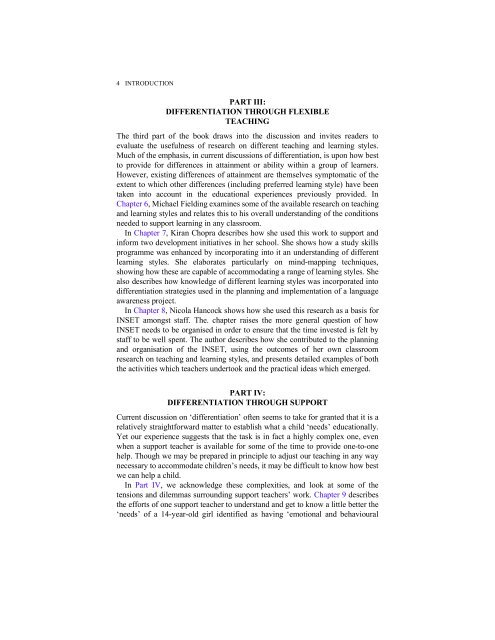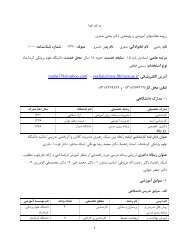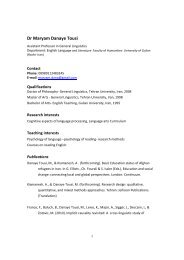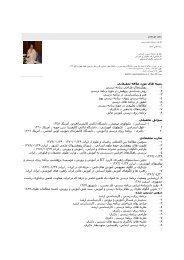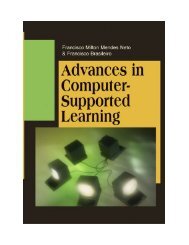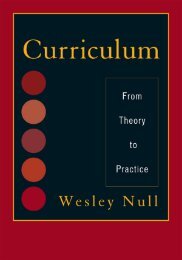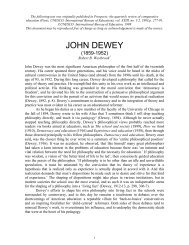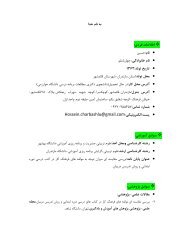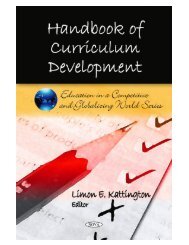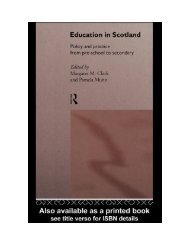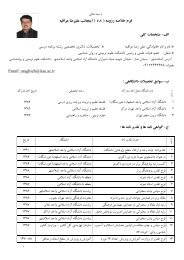Edited by
Edited by
Edited by
Create successful ePaper yourself
Turn your PDF publications into a flip-book with our unique Google optimized e-Paper software.
4 INTRODUCTIONPART III:DIFFERENTIATION THROUGH FLEXIBLETEACHINGThe third part of the book draws into the discussion and invites readers toevaluate the usefulness of research on different teaching and learning styles.Much of the emphasis, in current discussions of differentiation, is upon how bestto provide for differences in attainment or ability within a group of learners.However, existing differences of attainment are themselves symptomatic of theextent to which other differences (including preferred learning style) have beentaken into account in the educational experiences previously provided. InChapter 6, Michael Fielding examines some of the available research on teachingand learning styles and relates this to his overall understanding of the conditionsneeded to support learning in any classroom.In Chapter 7, Kiran Chopra describes how she used this work to support andinform two development initiatives in her school. She shows how a study skillsprogramme was enhanced <strong>by</strong> incorporating into it an understanding of differentlearning styles. She elaborates particularly on mind-mapping techniques,showing how these are capable of accommodating a range of learning styles. Shealso describes how knowledge of different learning styles was incorporated intodifferentiation strategies used in the planning and implementation of a languageawareness project.In Chapter 8, Nicola Hancock shows how she used this research as a basis forINSET amongst staff. The. chapter raises the more general question of howINSET needs to be organised in order to ensure that the time invested is felt <strong>by</strong>staff to be well spent. The author describes how she contributed to the planningand organisation of the INSET, using the outcomes of her own classroomresearch on teaching and learning styles, and presents detailed examples of boththe activities which teachers undertook and the practical ideas which emerged.PART IV:DIFFERENTIATION THROUGH SUPPORTCurrent discussion on differentiation often seems to take for granted that it is arelatively straightforward matter to establish what a child needs educationally.Yet our experience suggests that the task is in fact a highly complex one, evenwhen a support teacher is available for some of the time to provide one-to-onehelp. Though we may be prepared in principle to adjust our teaching in any waynecessary to accommodate childrens needs, it may be difficult to know how bestwe can help a child.In Part IV, we acknowledge these complexities, and look at some of thetensions and dilemmas surrounding support teachers work. Chapter 9 describesthe efforts of one support teacher to understand and get to know a little better theneeds of a 14-year-old girl identified as having emotional and behavioural


